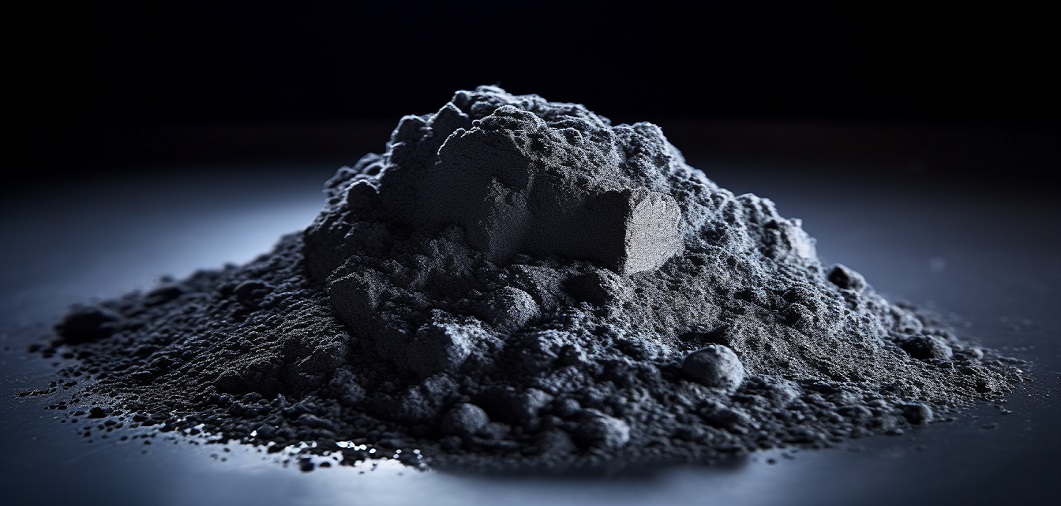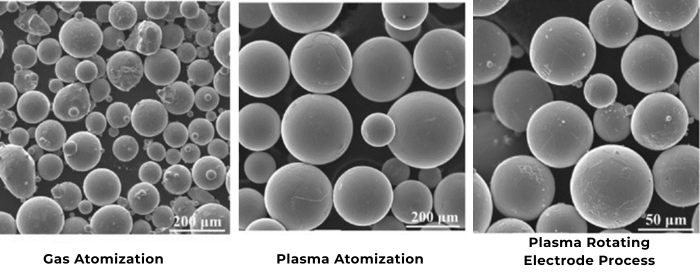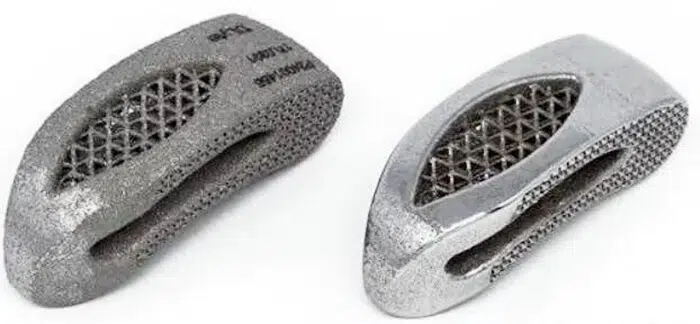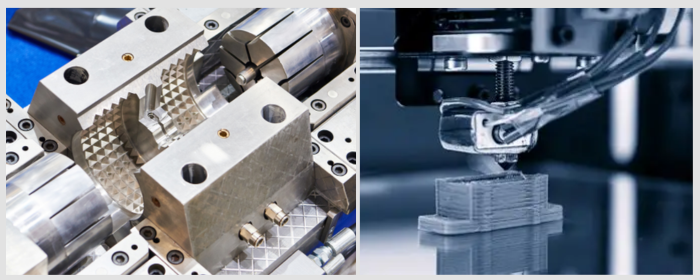

In the dynamic realm of technological advancements, the convergence of 3D printing and titanium powder has emerged as a groundbreaking force, poised to revolutionize lives in unprecedented ways. This powerful fusion holds immense promise across various industries, from healthcare to aerospace, unlocking new possibilities and reshaping the way we perceive manufacturing and innovation.

Complex Geometries: Powder 3D printing allows for the creation of intricate and complex geometries that may be challenging or impossible to achieve with traditional manufacturing methods. This enables the design and production of highly customized and optimized components.
Reduced Material Waste: The additive nature of powder 3D printing minimizes material waste. The technique selectively deposits and solidifies layers of powder, reducing the amount of unused material compared to subtractive manufacturing processes.
Lightweight Structures: Powder 3D printing enables the fabrication of lightweight structures with internal lattices or honeycomb patterns. This is particularly beneficial in aerospace and automotive applications, where weight reduction without compromising strength is crucial.
Material Variety: Powder 3D printing supports a wide range of materials, including metals, polymers, and ceramics. This versatility allows for the production of components with diverse properties to meet specific application requirements.
Rapid Prototyping: Powder 3D printing is well-suited for rapid prototyping, enabling designers and engineers to quickly iterate and test their designs. This accelerates the product development cycle and reduces time-to-market for innovations.
Customization and Personalization: The technology excels in producing customized and personalized products. This is evident in applications such as medical implants, where patient-specific designs can be created to match individual anatomies.
Tool-Free Manufacturing: Unlike traditional manufacturing processes that often require complex tooling, powder 3D printing is a tool-free method. This reduces the lead time and costs associated with creating molds and tooling.
Reduced Assembly Requirements: Complex assemblies can be consolidated into a single 3D-printed component, reducing the need for assembly of multiple parts. This simplifies the manufacturing process and enhances the overall structural integrity of the final product.
Enhanced Design Freedom: Designers have greater freedom in creating innovative and unconventional shapes. This freedom can lead to improved product performance and functionality.
On-Demand Production: Powder 3D printing supports on-demand production, allowing for the creation of small batches or even individual items without the need for extensive tooling or setup costs. This is beneficial for custom or niche products.
Improved Material Performance: The layer-by-layer deposition process in powder 3D printing can result in improved material properties, such as increased strength and durability, compared to traditional manufacturing methods.
Titanium: Known for its high strength-to-weight ratio and biocompatibility, titanium is often used in aerospace, medical, and dental applications.
Aluminum: Lightweight and corrosion-resistant, aluminum is employed in aerospace, automotive, and consumer electronics industries.
Stainless Steel: This versatile material is widely used for its corrosion resistance and strength, making it suitable for a range of applications, including industrial and medical.
Nickel Alloys: Offering high-temperature resistance and excellent mechanical properties, nickel alloys find applications in aerospace and energy sectors.
Cobalt Chrome: Known for its high melting point and biocompatibility, cobalt chrome is frequently used in medical implants and aerospace components.
Inconel: A family of nickel-chromium superalloys, Inconel is chosen for its heat and corrosion resistance, making it suitable for aerospace and chemical processing applications.
Copper: While not as common, copper is used for its excellent thermal conductivity in applications like heat exchangers and electronics.
Tool Steel: Known for its hardness and wear resistance, tool steel is used in applications where durability and toughness are critical.
These metal powders are typically used in powder bed fusion processes such as selective laser melting (SLM) or electron beam melting (EBM). The choice of metal depends on the specific properties required for the final product and the intended application.
The amalgamation of 3D printing and titanium powder stands at the forefront of transformative technologies, reshaping industries and revolutionizing lives. As this powerful combination continues to evolve, its impact on healthcare, aerospace, automotive, and beyond is poised to leave an indelible mark on the way we create and build in the 21st century.







